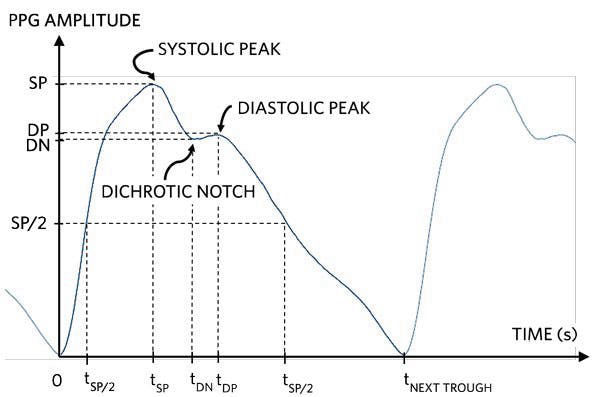
The Device
The sensor hub built into our device does all the vital sign calculations and provides you with the final result.
Built to the shape and size of a finger, it is ideal for measuring vital signs with a velcro strap hole to attach your finger.
Internal algorithm for measuring pulse heart rate, pulse blood oxygen saturation (SpO2) and estimated blood pressure trend.
It integrates a highly sensitive pulse oximeter, a heart rate sensor and a biometric sensor hub.
It incorporates an accelerometer for the detection and compensation of movements.
